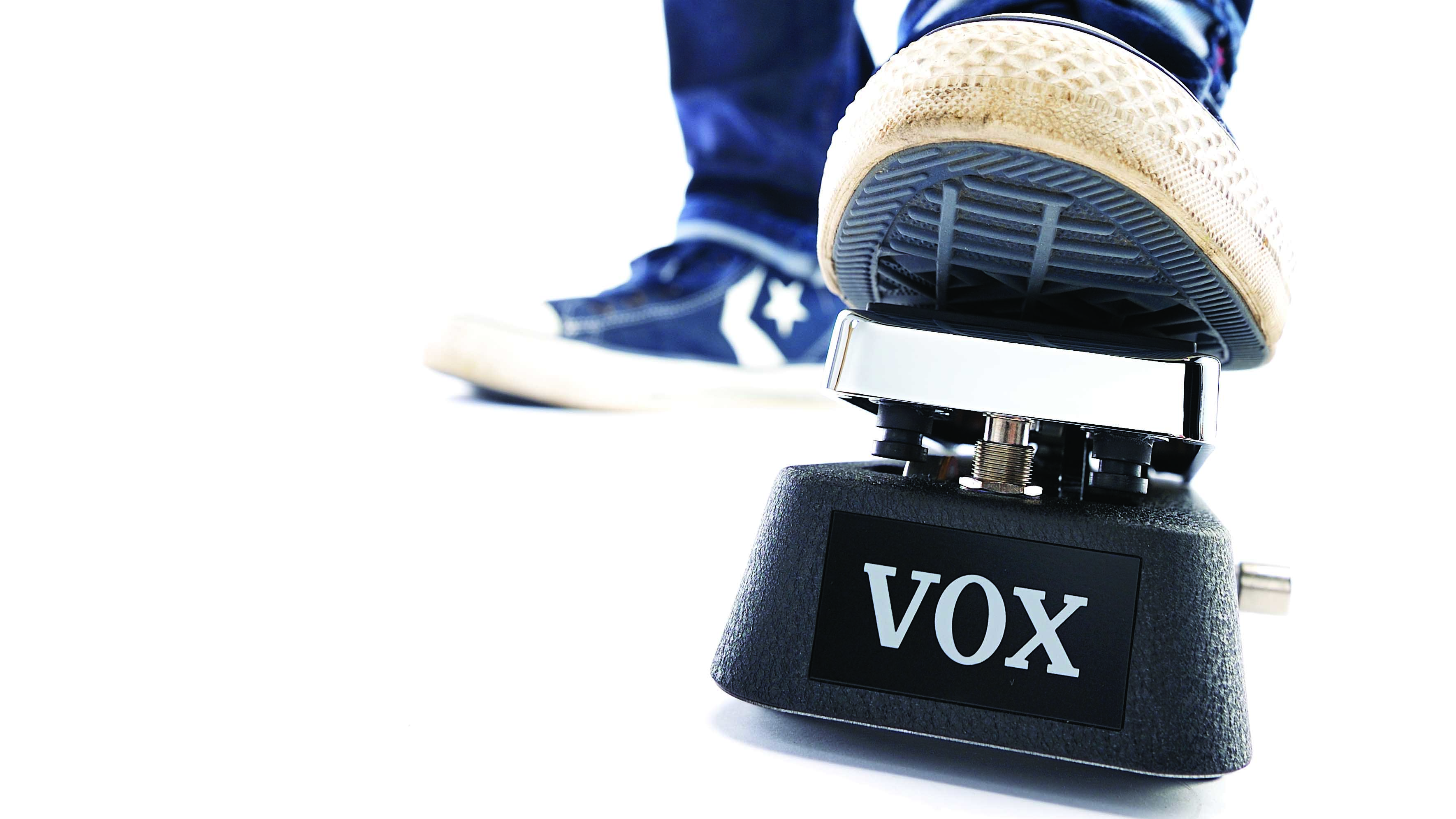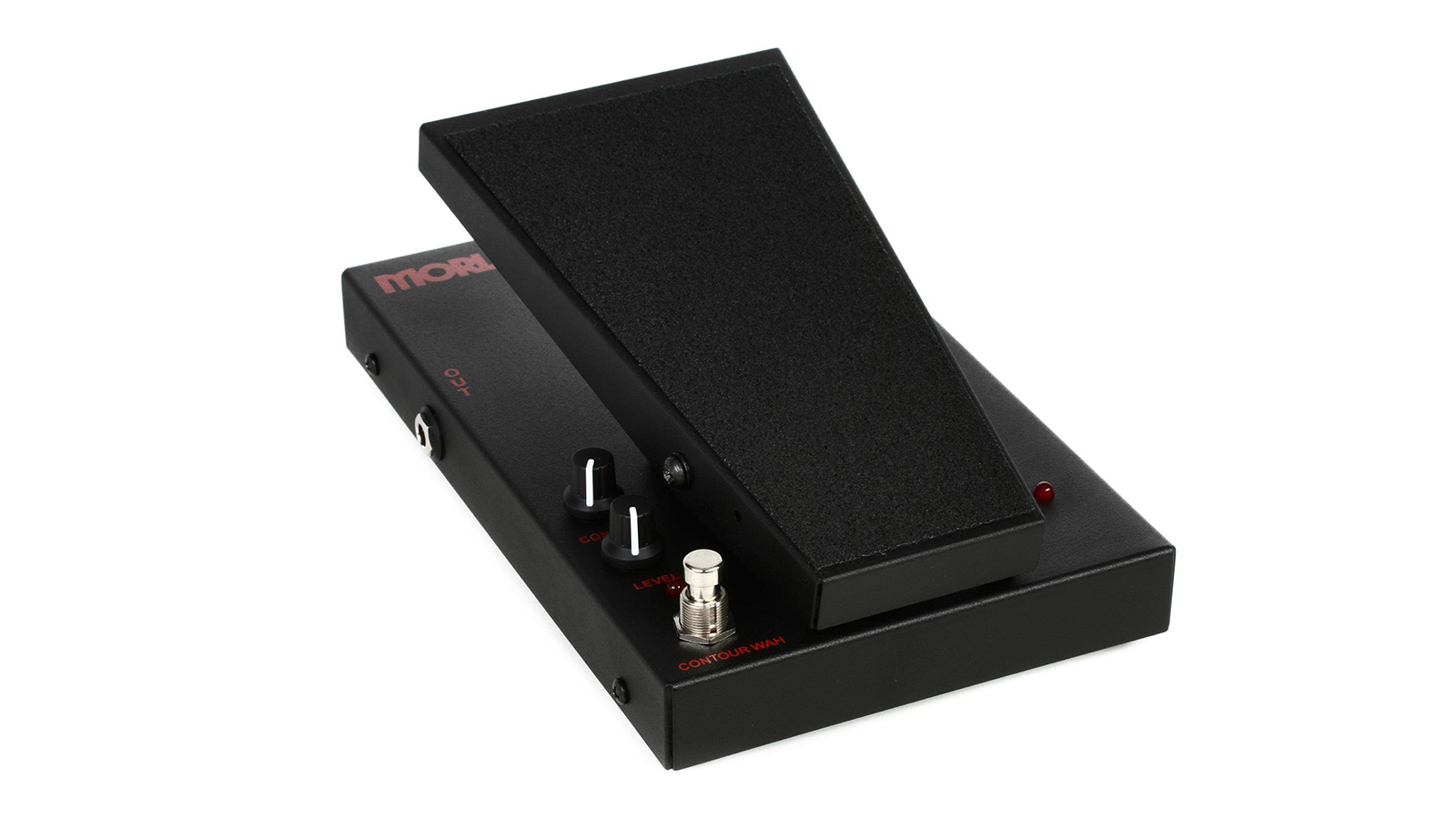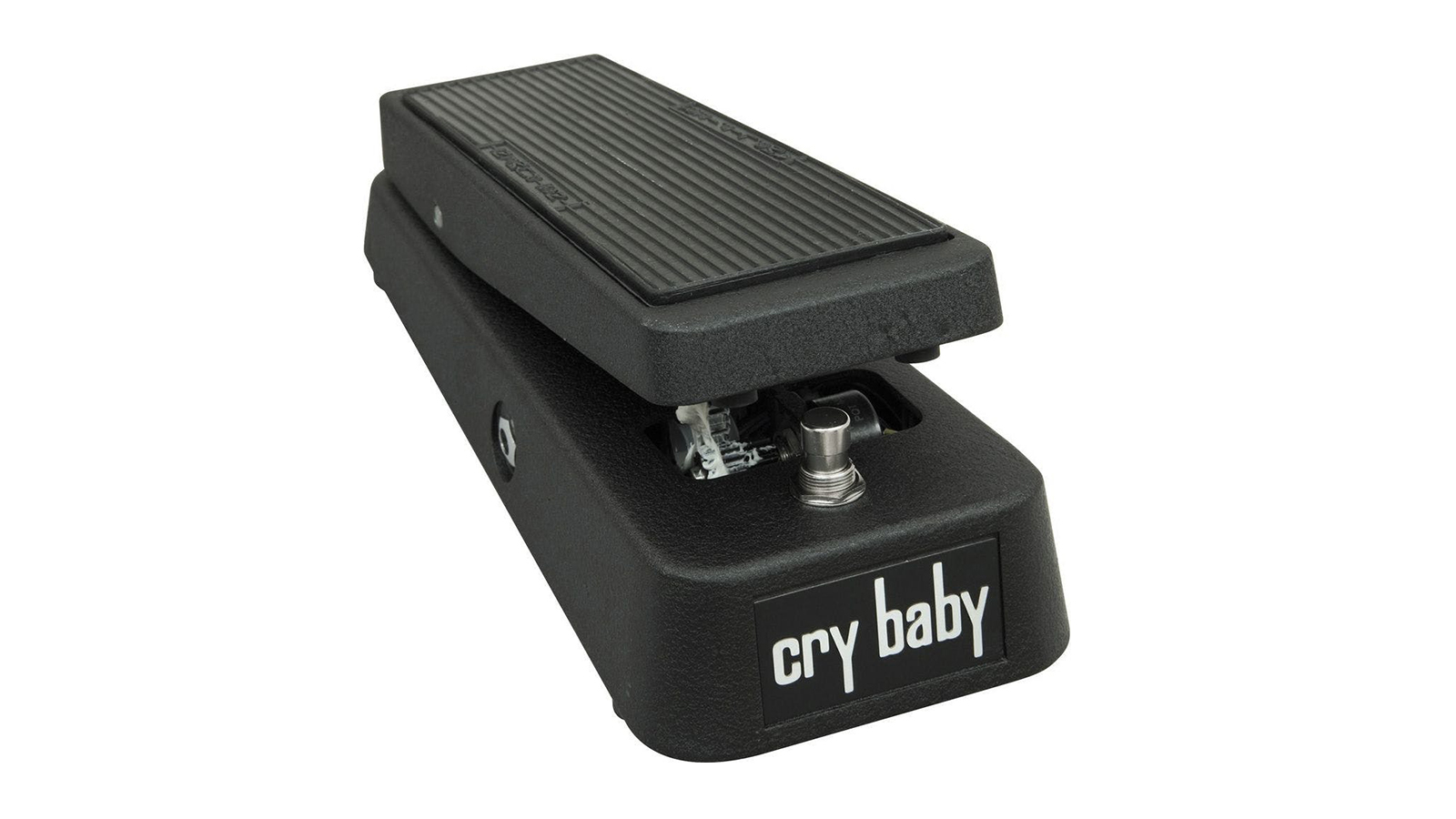5 great wah pedals guitarists need to try
From classic to a copper plate

The wah pedal is a much-maligned effect; dismissed by many as cheesy, the sole preserve of '70s police shows and porn soundtracks. However, there are few pedals as intuitive or expressive. Moreover, it's telling that many of the generational talents of guitar, like Hendrix, Gilmour or Morello have used wah pedals to great effect. In the latter's case, he made room for one to be pride of place on a notably spartan pedalboard.
Alongside the volume pedal and Whammy, the wah is one of the main 'rocker-style' units you will see on pedalboards. The treadle controls the centre frequency of a filter band, boosting frequencies inside the band, and attenuating those outside it. Simple, right?
History in brief
An early adopter was a young guitar virtuoso named Jimi Hendrix
Although there were several homebrew variable filters that preceded it, the Cry Baby was the first mass-market wah pedal. Originally created at 1966 by the Thomas Organ Company and Warwick Electronics, it was envisioned as a device for wind players. This resulted in the pedal being marketed with an endorsement from jazz trumpeter Clyde McCoy, whose image also appeared on the bottom panel of early units. The CEO of Warwick was a fan of big-band music, and saw the pedal as a replacement for the Harmon mute. This led to him initially dismissing his employees' suggestions that this device was suited more to guitar.
Nevertheless, guitarists quickly adopted the pedal. An early adopter was a young guitar virtuoso named Jimi Hendrix. Hendrix had already seen the brass parallels with the electric guitar when he dubbed it the "public saxophone". His technique, employing the wah not only as an expressive device for single notes, but also as a variable filter and way of controlling feedback, blew listeners away.
The core of the sound is an active bandpass filter
Although they patented the circuit in 1970, Warwick and Thomas failed to trademark 'Cry Baby', leading to the circuit being widely copied and modified. Today, the most common 'Cry Baby' available is that manufactured by Dunlop.
The core of the sound is an active bandpass filter, created using an inductor. This circuit was developed while Warwick and Thomas were working on a line of USA-made Vox amplifiers, and seeking to transistorize parts of the Vox amp topology to reduce costs. This tone circuit was based on the Thomas Organ, and therefore rather different to many tone circuits in use on guitar amps. The Cry Baby's filter is centered around 750Hz, delivers about 18dB of boost, and attenuates out-of-band frequencies. The original sweep of the pedal was from about 450Hz to 1600Hz, with a fixed Q, that is, the severity of the curve.
Although there have been other entrants into the market with differently-voiced products, the bulk of the market remains dominated by variations on this original circuit. One of the most significant changes is that offered by the bass editions of the Cry Baby, which are a low-pass filter rather than a bandpass filter.
Want all the hottest music and gear news, reviews, deals, features and more, direct to your inbox? Sign up here.

Vox V847 Wah
Specifications
Reasons to buy
Reasons to avoid
Like the Cry Baby, there have been many iterations of the Vox wah. We generally think of it as similarly voiced to the Dunlop Cry Baby, but with a slightly tighter sweep. Although it has bite with the toe down, side-by-side we've always felt it was less nasal than the Dunlop.
Like most wah pedals, the Vox doesn't have much by way of bells and whistles. As a result, auditioning it is more about how it gels with the rest of your rig, and whether the voicing works for you.
Alternatives: Dunlop Cry Baby

ZVex Wah Probe Vexter
Specifications
Reasons to buy
Reasons to avoid
The difference between most wah pedals is voicing and sweep, but not so with the ZVex Wah Probe Vexter. Rather than a treadle controlling a potentiometer, it uses a copper plate to create a bubble of RF energy that you can disturb with your foot. This theremin-like operation works equally well on a desk using your hand. This makes it also useful for synths and studio use.
The original Wah Probe has a single knob on the top panel, which controls the volume boost delivered by an internal Z-Vex SHO boost. The Vexter edition goes further, adding a range knob and mix, for a total of three controls.
With the treble-boosting SHO before its wah circuit, the Wah Probe is very bright, so the addition of the range control is important. Its 'stock' position is all the way clockwise, but we've found that backing it off as far as 11 o'clock can result in more rounded, vowel-like tones.
Finally, while the mix control isn't particularly useful for guitarists, it may be relevant to bass players wanting some unfiltered signal.
Alternatives: None

Morley Bad Horsie II
Specifications
Reasons to buy
Reasons to avoid
Steve Vai's signature Morley wah pedal has a darker tone than the standard Cry Baby, although when push comes to shove, it functions in a similar way. The main difference with Morleys is their action, where they activate when pressed and deactivate when released. They're also optical, rather than using a potentiometer, which means better reliability, on paper at least.
The Bad Horsie has a couple of extra features too. Out of the box it's set to Steve's preferred range and output level, but there's a secondary mode where you can adjust the range and volume level of the effect as well. This is useful if you've experienced volume drop with other wah pedals in the past.
Although it wasn't a Bad Horsie, it's also worth mentioning that Mark Knopfler supposedly used a Morley for the intro to Money for Nothing. Although Vai is the most famous Morley user, he isn't the only one.
The stock Bad Horsie sound isn't that different from a standard Morley. Meanwhile, the additional features mean that you may as well check out the Bad Horsie if you're looking at Morleys, whether you're a Vai fan or not.
Alternatives: Morley Custom Shop Mini Steve Vai Bad Horsie 2 Wah

Dunlop Cry Baby CGB95
Specifications
Reasons to buy
Reasons to avoid
The Dunlop Cry Baby may not be the original, but it's the most common wah pedal of the last fifty years. If you're interested in wahs then you have to check one out at some point. The Cry Baby CGB95 stock unit has - to our minds at least - an incredibly shrill tone with the toe all the way down.
However, this can be used for dramatic filter sweeps, Mu-Tron-like solo antics, and sound-effects like the intro to Muse's Dead Star, or the breakdown drop in Smashing Pumpkins' Slunk.
There are many variations of the Dunlop as well, with some adding incredibly useful features. There's the Multi Wah, which allows you to control the boost level, with a rotary selector for filter range. There's the Dimebag signature, which has extended filter sweep, a filter frequency selector, a loud camo paint job, and a boost control. Then there's the swiss-army-knife rack Cry Baby, which has all the above, dedicated filter controls, variable Q, meaning you can change the filter shape, and the ability to hook up six remote foot pedals. Phew!
Alternatives: Vox Wah

BOSS PW-10
Specifications
Reasons to buy
Reasons to avoid
The BOSS PW-10 is sadly discontinued, but luckily they're available relatively cheap secondhand. Using its COSM modelling technology, BOSS crammed a Morley, Vox and Cry Baby voiced wah into a single enclosure, making it the indecisive person's dream.
Not only that, but they added a host of extra features. There's control over the range in every mode, a patch-specific overdrive knob, and a few non-traditional wah modes. There's a synth wah, a vowel-emulator, and a Uni-Vibe.
A lot of the difference between wah models is their voicing timbre-wise, as well as their range. As a result the PW-10 is astonishingly powerful, as it puts all of that in your hands, even giving you the ability to create and recall presets based on your preferences.
The catch there is that they're accessed using the heel-switch, a notoriously error-prone process live. You can reset the switch's function so that instead of cycling presets it switches between just two, however.
Alternatives: Boss PW-3
The 4 unsung hero effects pedals and 3 great ways you can use them
Alex Lynham is a gear obsessive who's been collecting and building modern and vintage equipment since he got his first Saturday job. Besides reviewing countless pedals for Total Guitar, he's written guides on how to build your first pedal, how to build a tube amp from a kit, and briefly went viral when he released a glitch delay pedal, the Atom Smasher.







